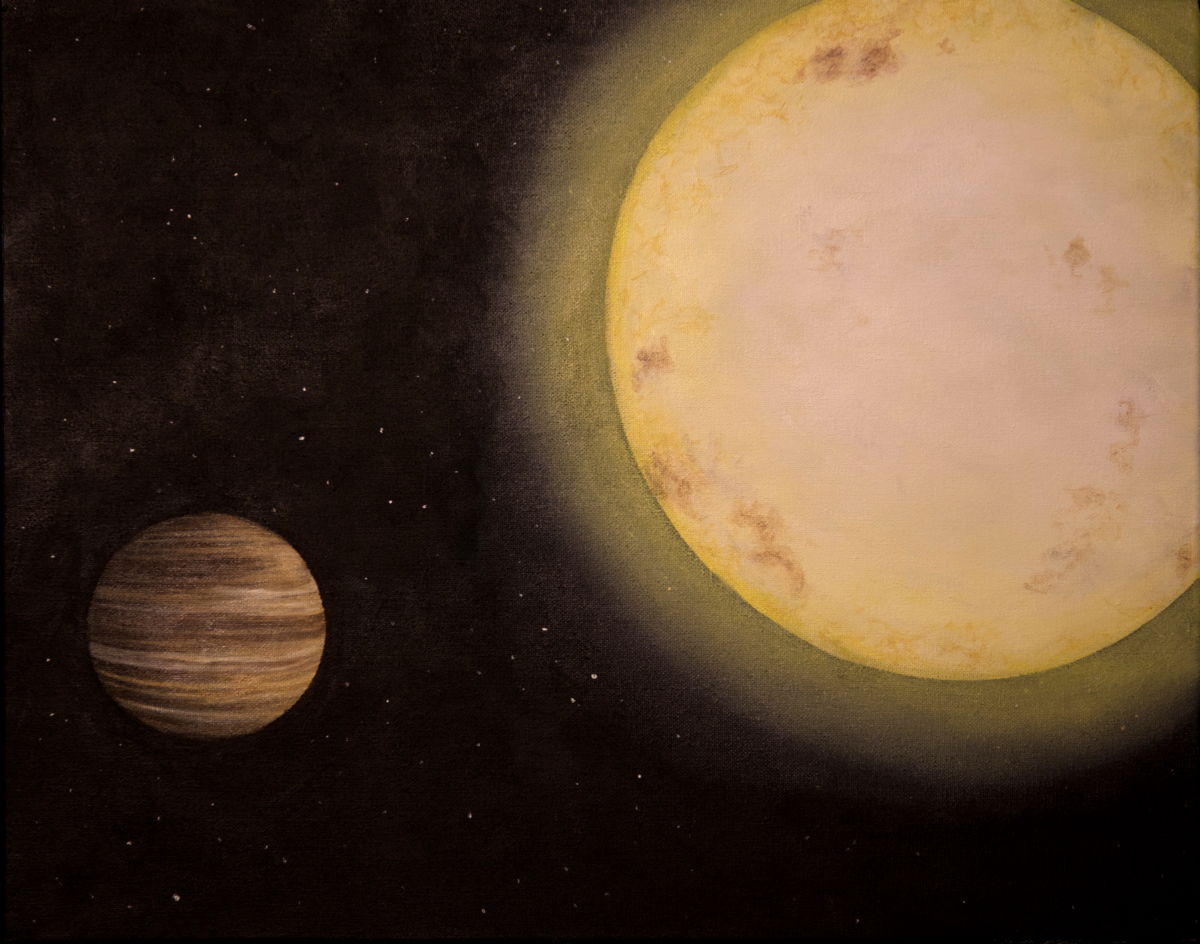Saturn-Like Alien Planet Found by Little Telescope

INDIANAPOLIS — Tiny telescopes in Arizona and South Africa have spotted a Saturn-like planet in orbit around a star about 700 light-years from Earth.
Scientists using the Kilodegree Extremely Little Telescope (KELT) and other ground-based tools spied the alien planet as it passed in front of its star, a process called transiting.
The planet, called KELT-6b, can be seen from the surface of Earth for five hours as it transits — a relatively short window in which to catch the planet making its presence known. The research team required patience and luck to make their find, the scientists said.
The planet is also very close to its star; its year lasts only about 7.8 days. Although KELT-6b has no rings, its mass and size resemble the planet Saturn, scientists say.
Karen Collins, a graduate student in astrophysics at the University of Louisville, Kentucky, led the study that confirmed the discovery originally glimpsed by KELT. She used the University of Louisville's Moore Observatory to observe the transit and collect necessary data to follow-up the initial find.
"To participate in planet discovery here in Kentucky, it’s just incredible to me to be able to do that," Collins said in a statement.
Collins presented information about the newly discovered alien planet here at the 222nd meeting of the American Astronomical Society.
Breaking space news, the latest updates on rocket launches, skywatching events and more!
The newly discovered planet is also something of a cousin to another planet famed among exoplanet hunting scientists. HD 209458b, a heavily studied alien planet, is also a gas giant that orbits very close to its star.
"KELT-6b is a 'metal-poor' cousin of HD 209458b," said Keivan Stassun, professor of astronomy at Vanderbilt University and a member of the KELT team. "The role of metals in the stellar environments in which planets form is a major question in our understanding of these other worlds. This new planet is among the least endowed with such metals that we know of, and because it is so bright it should serve as a benchmark for comparative studies of how and under what conditions planets form."
Collins is now investigating a second body in the same system as KELT-6b.
Follow Miriam Kramer @mirikramer and Google+. Follow us @Spacedotcom, Facebook and Google+. Original article on SPACE.com.
Join our Space Forums to keep talking space on the latest missions, night sky and more! And if you have a news tip, correction or comment, let us know at: community@space.com.

Miriam Kramer joined Space.com as a Staff Writer in December 2012. Since then, she has floated in weightlessness on a zero-gravity flight, felt the pull of 4-Gs in a trainer aircraft and watched rockets soar into space from Florida and Virginia. She also served as Space.com's lead space entertainment reporter, and enjoys all aspects of space news, astronomy and commercial spaceflight. Miriam has also presented space stories during live interviews with Fox News and other TV and radio outlets. She originally hails from Knoxville, Tennessee where she and her family would take trips to dark spots on the outskirts of town to watch meteor showers every year. She loves to travel and one day hopes to see the northern lights in person. Miriam is currently a space reporter with Axios, writing the Axios Space newsletter. You can follow Miriam on Twitter.
